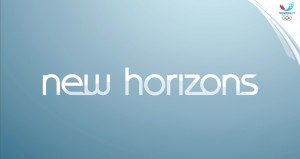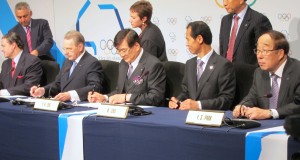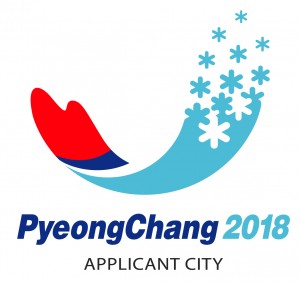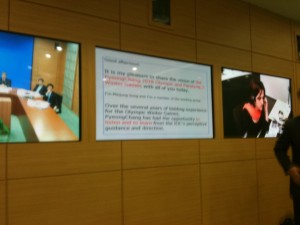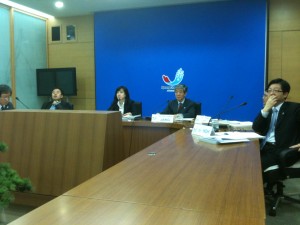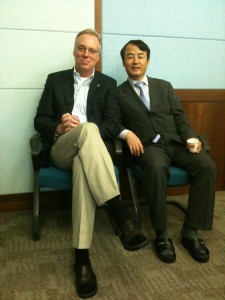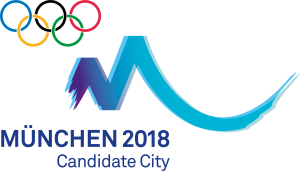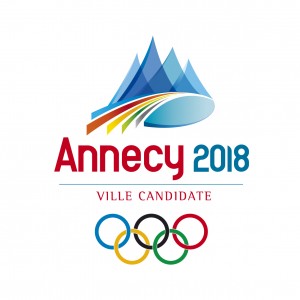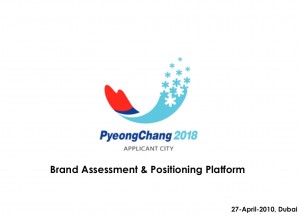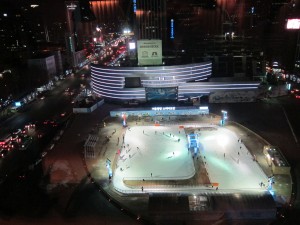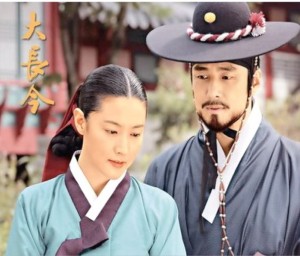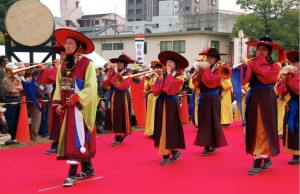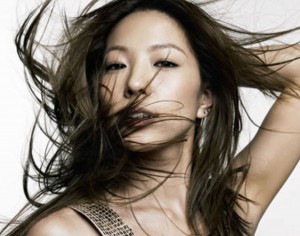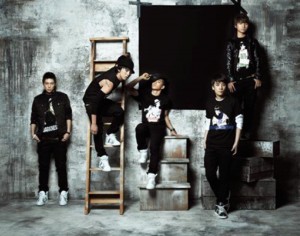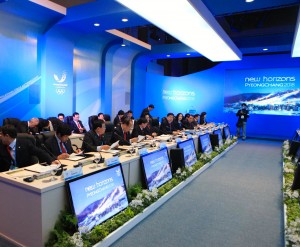
PyeongChang’s 2018 Path to Victory
Part III: January – April 2011
Terrence Burns ©2014
The year 2011 ushered in a string of staggered (and staggering) presentations to the Olympic Family and the IOC, beginning with the IOC Evaluation Commission Visit to PyeongChang, 16-19 February. For any Bid Committee this is probably the longest sustained period of stress (and more than a little fear) in the entire bid process.
During the EC Visit, a team of eleven Olympic Movement and Games subject matter experts visited the Alpensia resort in PyeongChang for four days of non-stop presentations on all themes of the bid book, venue and site visits/presentations and meetings with government officials. All presentations included thorough and specific Question & Answer sessions as well.
The 2018 Winter Games IOC Evaluation Commission:
Gunilla Lindberg SWE IOC Member Chairwoman
Angela Ruggiero USA IOC Member
Barry Maister NZL IOC Member
Dwight Bell USA US Luge Federation President
Tsunekazu Takeda JPN Japanese NOC President
Ann Cody USA Paralympic Games athlete and administrator
Gilbert Felli SUI IOC Olympic Games Executive Director
Simon Balderstone AUS IOC Environmental Advisor
Philippe Bovy SUI IOC Transport Advisor
John McLaughlin CAN IOC Advisor (finance)
Grant Thomas USA IOC Infrastructure Advisor
![Seoul-086[3]](http://www.terrencehburnsblog.com/wp-content/uploads/2014/03/Seoul-0863-300x225.jpg)
To begin the story of PyeongChang 2018’s EC visit, one must go back to November and December 2010. During those months, the external consultants team including myself, Charlie Battle, Erskine McCullough Luciano Barra, Mike Lee, Stratos Safioleas, Laszlo Vajda and others met the proposed Evaluation Commission Visit speaker team.
We worked very closely with Bid Team member Byungnam Lee, a great colleague, friend and a key player in PyeongChang’s eventual victory.
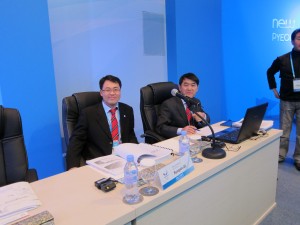
On December 15, 2010, the candidates were led one by one into a large room and asked to read a portion of a draft speech in order for us to ascertain each person’s English language speaking ability. Virtually every speaker was an academic, and had also participated in the drafting of the Bid Book in his or her functional area.
Imagine walking into a room of bid leaders and foreign Olympic “experts”, and being asked to read aloud with conviction and passion a technical speech in another language. Not easy. Fortunately, as academics many of the speakers were experienced presenters in front of groups – albeit students.
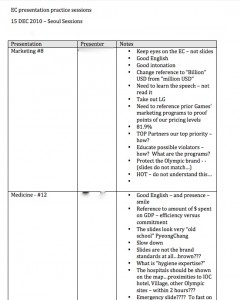
None of the speakers had a problem with content knowledge, but more than a few required extensive presentation and language training; but that is what we were there for. We took notes on the good, the bad and the “bridge-too-far” aspects of each speaker’s presentation, an example of my notes are to the right.
Our team, working with the first round of drafts (mostly) supplied by the speakers and bid committee, finished reviewing and editing (sometimes re-writing entirely) the seventeen (17) EC theme speeches by mid-December.
The second round of drafts was delivered mid January. We then refined each version many times over until the day – or in some instances, the moment – of the actual presentations.
In late January, we first traveled to Seoul for rehearsals and presentation prep, then we went onto PyeongChang. Here is our core external presentation development team: from left: Sara Blease, Terrence Burns, Ansley O’Neal, Lou Lauria, Randy Phipps and David Woodward.
By now Caroline Roland and Barnaby Logan of New Moon films were onboard working alongside our Cheil colleagues, and our films were improving greatly. We were trying to counter the points that Munich 2018 were making in their presentations about the beauty and variety of fun shopping, dining and entertainment options in the city of Munich (the implication: those amenities were not available in PyeongChang).
It was a good strategy because the IOC members and the Olympic Family often spend two or more weeks at the Games, and they must have something to do when not at an Olympic event. Obviously, Munich offered a lot more entertainment value to the Olympic family than did the closest “big” city to PyeongChang, Gangneung – population 230,000.
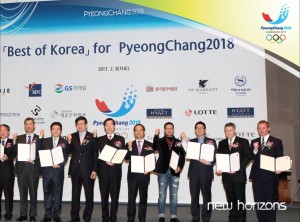
To answer this challenge, our team created a concept called “The Best of Seoul”, later changed to “The Best of Korea”. The idea was simple: given that we were at least 90 minutes away from Seoul, a large, thriving world-city with many great restaurants, shopping malls and entertainment options, why not bring those amenities to PyeongChang for the period of the Games?
It was agreed to build a Best of Korea Pavilion in and around the Alpensia Resort (heart of the Winter Games). In this space we would have temporary versions of Seoul’s most popular restaurants, shopping experiences and nightclubs. Voila – Seoul in PyeongChang.
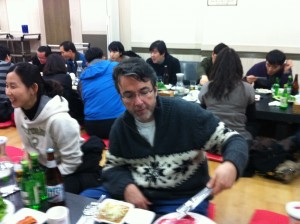
One of the best things about Korea is the food, and our team had ample time to sample just about every type of Korean food – and alcohol – imaginable.
Nothing breaks down barriers such as sitting on the floor, serving each other food and drink (we learned to always pour your fellow diners’ drinks first, before one’s own) and cooking meat on a Korean Barbeque Grill.
The beef that originates in the PyeongChang region is said to be the best in Korea; by the way, I concur.
Here are three of our presenters, Young-hee Lee, Minjung Sung & Won-ho Park at one of our many dinners in PyeongChang.
Korean Drinking Games – not sure what else I can say about this picture other than it was a solo performance by our Games Security expert.
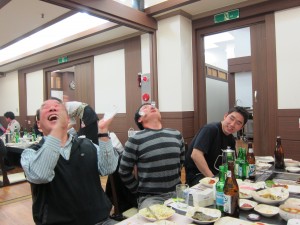
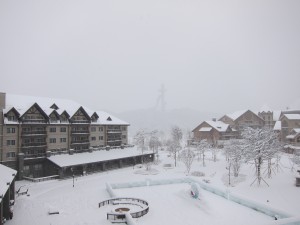
Over the course of the EC preparations it began to snow… a lot. Frankly it was what we were hoping for because it added to the winter ambience of the countryside and surroundings. The day the EC Commission arrived, the city of Gangneung received over three feet of new snowfall – a blessing, as everything looks better in a fresh coat of white snow and it proved we would have plenty of snow for the Winter Games.
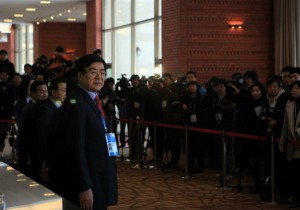
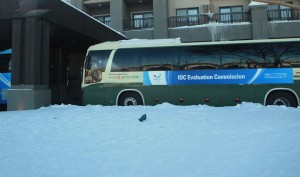
To be honest those days all tend to run together in my memory. We were up early every morning for hours of speaker training and rehearsals, and then long evenings for Question and Answer preparation. Each slide’s content, spelling (both French and English) had to be checked, re-checked and then checked again because we were still adjusting speeches throughout the rehearsals. They were easily one hundred-hour weeks for everyone on the PyeongChang team.
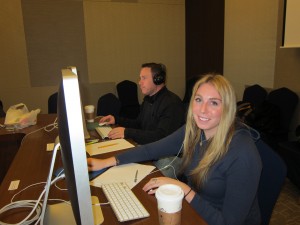
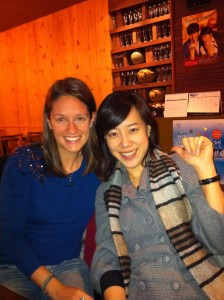
Lou Lauria and Ansley O’Neal led the venue presentation preparations for our team. Lou and Ansley prepared the presentations and prepped the speakers at every venue for the EC’s visit. A lot of these presenters were Olympians and athletes. One of the best parts of our job is when we get the opportunity to work with athletes. Athletes are comfortable taking direction, which means they are “coachable”. They are also competitive, which makes them want to excel.
One of the most emotional stops for the EC during the tour was a stop at the Gangneung Skating Rink – the proposed curling venue for the Games. A choir of 2,018 residents serenaded the EC team, and media, with Abba’s classic “I Have A Dream”.
Their beautiful voices filled the arena with a warmth beyond mere temperature. Many of the Evaluation Commission members as well as the PyeongChang 2018 team (and media) were touched with the simple emotion of the moment; eyes welled and tissues appeared.
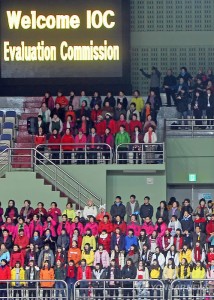
The performance illustrated the gentle, almost innocent nature in certain aspects of Korean culture. It was a genuine, heartfelt moment that was classically Korean in its conception and implementation. It was a beautiful gesture, and one learns to appreciate those in a long bid campaign.
After a long and stressful week with hours of presentations, hours of answering questions and hours of worrying, it was suddenly over. There is nothing quite like the sense of relief and release at the end of an IOC Evaluation Commission visit. It is difficult to describe the commingled emotions of anxiety and anticipation that precede the visit. At first, the week seems like it will go on forever – then suddenly all the scripts, drafts and urgent notes from the previous few days are lying on the ground, spent. It is very much like an Olympic Games.
Each day is an exercise of the Bid Committee holding its collective breath, praying nothing goes wrong. It is our job, as external advisors who have experienced this many times, to assure the Bid Committee that the Evaluation Commission visit is not an attempt to trip up or trick anyone into making a mistake; quite the contrary.
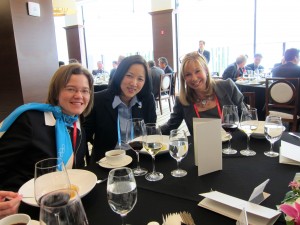
The EC want to be informed and they want to help. Many times during the presentations EC members such as Gilbert Felli would offer incredible, experienced guidance on many issues. Moreover, the Bid City Relations team, led by Jacqueline Barrett, was also there to lend support and guidance, which they always did with patience and grace.
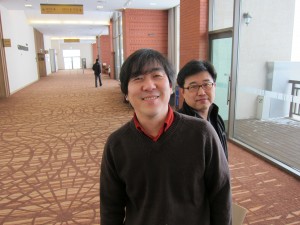
The post-EC visit recap meeting at the Alpensia resort was slightly euphoric for the team; the alcohol helped. Frankly, the team did a spectacular job. The presentation room looked great thanks to our Cheil colleagues, especially Jace Oh.
Chairman Cho was the consummate host, both inside the room and at the social functions. Theresa shined as always, but even brighter (although there were many PyeongChang team members in the room who had participated in previous PyeongChang bids’ EC visits, neither Chairman Cho nor Theresa had any idea of what to expect – and they handled it flawlessly). Everyone executed well with his or her speech. The slides and films looked great – no technical glitches. And due to exhaustive preparation and rehearsal, the dreaded Question & Answer sessions went very well.
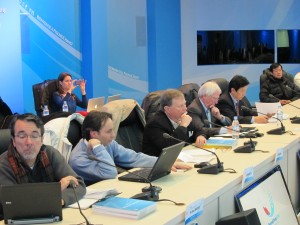
The EC visit was also the first time we, as external consultants had the opportunity to witness the abilities and professionalism of the entire PyeongChang bid team on a grand scale. Everything was extraordinarily well organized and prepared.
The internal team worked magically with us and the presenters on content changes and adjustments. And it was the first real opportunity for us to interact with the broader team on a large project.
I left the EC visit tremendously impressed by the entire Bid Committee. I could see the benefits of experience from the two previous bids. I thought, “These guys will host a perfectly organized Winter Games…”
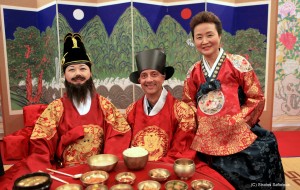
I also thought the international media present were both surprised and charmed by what they saw and heard. I believed that these veterans of many bids began to realize that Pyeongchang 2018 was something entirely different from what they expected or had seen before. Their feedback was very positive and encouraging for our team.
And we had a few glitches. At the Ski Jump venue presentation, no one seemed to be managing the Asian media crush and they descended into the presentation itself, obscuring the EC members’ ability to listen and learn. The EC team were visibly agitated and decided to descend to the ski jump landing field and walk to the next presentation at the Cross Country venue, rather than fight their way back through the media group to the bus. But that was just one small issue in an otherwise flawless week.
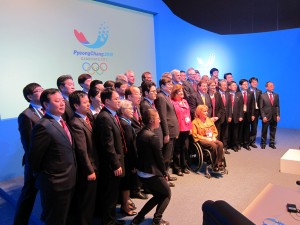
Unfortunately we had little time to relax or revel in the accomplishemnt because we had to prepare for two quick presentations in March:
- 23 March – 74th Association Internationale De La Press Sportive Congress (AIPS) – Seoul, Korea
- 26 March – Association of Oceania National Olympic Committees (ONOC) – Noumea, New Caledonia
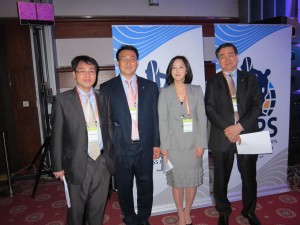
The AIPS presentation, in Seoul was the easiest of all the presentations we did because it was on home ground. The presentation team was a bit tired after the marathon EC Visit. It took a little coaxing to get them focused on the AIPS; they were simply exhausted.
I can only imagine how tired the Munich and Annecy teams were as they had to fly half-way around the world for AIPS. Because this presentation was to media professionals, the content was a general overview of the bid, without a particular focus on any particular Olympic stakeholder – other than the media professionals. We felt it was crucial for them to understand our key differentiator – New Horizons – perhaps more than issues such as the venue plan, for example
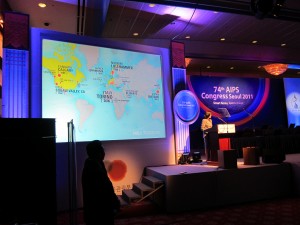
True to Olympic practice, we too had a “map” similar to the one Rio used with great effect at the IOC Session in Copenhagen in 2009. Our map showed where all of the Winter Games had been held through the years, with an obvious gap in Asia. In the end I am not sure how effective this was, but I do think it made a subtle point – but that is only if geographic rotation still mattered in the Host City selection process.
Next stop was both a challenge (to get to) and thrilling (to see); we went to Noumea, New Caledonia to present to ONOC. Once again we were fortunate to fly on Elvis 1, Chairman Cho’s plane. This made the trip quiet relaxing.
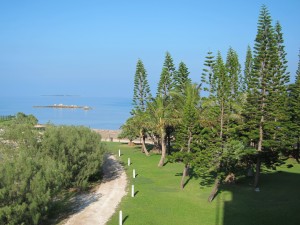
Theresa catching up on the news, on the way to Noumea on Elvis 1.
The presentations were very short, and French Polynesia was a long way to go to speak to a few NOCs for just a few minutes. Still, every presentation made us a little bit better. Again, I think PyeongChang had an advantage here because of geography. Once again, Munich and Annecy had to fly half-way around the world and to the Southern Hemisphere.
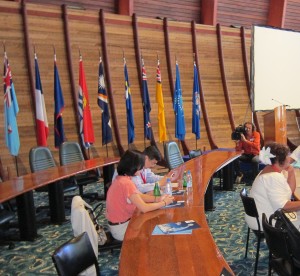
One very nice thing about the ONOC presentations was the intimacy of it. We were presenting in a smallish boardroom. We practically sat next to and on top of each other, and we were all in the same hotel. It broke down barriers and we actually had to time talk, drink and eat with the other bid teams.
Munich sat next to us in rehearsals and we were watching each other furiously write and re-write our scripts.
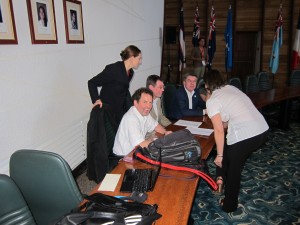
As I wrote, the presentation room was small but adequate.
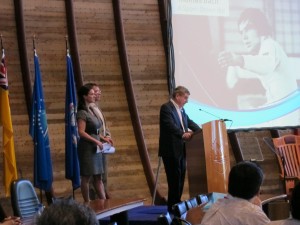
George Hirthler and I had a great time at the piano bar one evening.
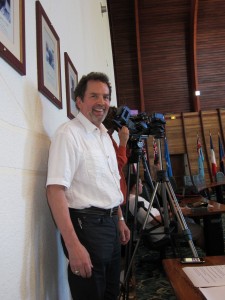
After we took off from Noumea headed back to Seoul, Chairman Cho casually asked us if we would like “fly over” and see Australia’s Great Barrier Reef as if it were a normal question to ask. No kidding. So, we did. The flight crew radioed Australian Air Traffic Control and off we went. When we got there, we were able to descend to around 5,000 feet and fly circles over one of the most beautiful sights in the world. It was incredible. I am adding some of those photos here. The pictures may not add much to the story of the bid, but it was an amazing moment most of us will most likely never experience again.
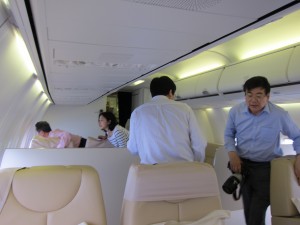
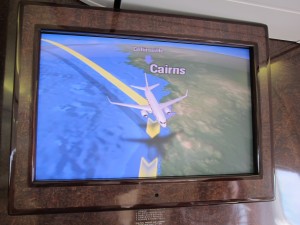
SportAccord, London
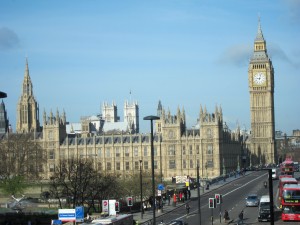 Our next target was the SportAccord presentation in London on 7 April. SportAccord is the first official ”next step up” from the preceding presentations. This convention is actually the bid cities’ first official time onstage in front of a truly international media set, as well as sports and sports business professionals from around the world. It is, and should be, a warm up to the final two presentations – the IOC Technical Presentation and the IOC Final Presentation – albeit in a shorter format. SportAccord’s twenty-minute presentation seemed an incredible amount of time compared to the team’s previous presentations, which were limited to ten or fifteen minutes in length.
Our next target was the SportAccord presentation in London on 7 April. SportAccord is the first official ”next step up” from the preceding presentations. This convention is actually the bid cities’ first official time onstage in front of a truly international media set, as well as sports and sports business professionals from around the world. It is, and should be, a warm up to the final two presentations – the IOC Technical Presentation and the IOC Final Presentation – albeit in a shorter format. SportAccord’s twenty-minute presentation seemed an incredible amount of time compared to the team’s previous presentations, which were limited to ten or fifteen minutes in length.
We began work on the SportAccord presentation almost as soon as we returned home from the EC visit. The first thing we did was review the scripts and “performances” from the previous presentations. Looking at the scripts, I noted how we had gradually refined and clarified our central message of New Horizons within the presentations and communications channels. We noted the continual progression of films with our partners at New Moon and Cheil. And, we decided to introduce one new speaker to our SportAccord presentation, Mr. Byoung-gug Choung, Korea’s Minister for Culture and Sports.
Given Katarina Witt’s extraordinary popularity in the previous Munich 2018 presentations, we were getting a significant amount of pressure to bring Olympic Champion Yuna Kim onto the PyeongChang 2018 presentation team. My personal opinion was that Munich 2018 was relying too much on Katarina, and that over time this would fatigue the Munich 2018 message. Many friends in the Olympic media privately concurred. I had the same concerns about Theresa as we were leaning very heavily on her up to SportAccord. But the more the media saw Theresa, the more they wanted to see her speak. She was our secret weapon, but suddenly she was not so secret any more.
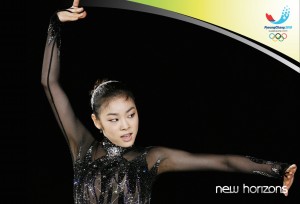
Yuna’s eventual participation in the bids presentations, an appearance in our technical film at SportAccord and then speaking roles at the IOC Technical Presentation and the Final Presentation, was driven both by logistics and strategy.
First, up to SportAccord, her training schedule simply would not allow time to practice for multiple presentations.
Second, and more importantly, we wanted to “hold” her until the Lausanne presentation to the IOC Members. We had not seen Yuna speak publicly yet, and the IOC Technical Presentation would give us the opportunity to allow her to speak in front of the IOC members alone, without hundreds of other people (and pressures) in the room.
And third, we needed more athletes, female athletes and younger athletes (no offense, Dae-Sung and Kwang-bae) in the speaker set. And, it helped that she was the reigning Olympic Champion and a superstar in her own right after her stunning Vancouver 2010 Gold Medal performance. What I was unprepared for was just how powerful a combination that she and Theresa would make onstage together – but more on that later.
Munich was already experimenting with its positioning against “New Horizons” with language such as “new territories are fine, but the Olympic Movement must also replenish its roots from time to time…”, or words to that effect. I interpreted this to mean that our New Horizons message was hitting home – hard. Anytime a bid city changes its key messages to react to a competitor’s key messages is a good sign the competitor is making progress.
We delivered the first set of drafts on 3 March, and thirty (30) revisions later we were ready on 7 April. For SportAccord, we opened with a new film “The Best of Both Worlds (the Best of Korea concept) at 1:40 in length, Chairman Cho (2:45), Minister Choung (1:30), Theresa Rah (6:30), Kwang-Bae Kang (1:45), Venue plan film with Yuna Kim at 3:45), Dae Sung Moon at 1:00 and a new, New Moon film to close.
The timing on paper was about 21:00, one minute over the 20:00 maximum. It is my practice to attempt to follow the IOC’s stated timing guidelines to the letter. You can tell when a bid city accidentally exceeds its time limit by a minute, or even two – often the audience reactions and applause slow down a well-timed presentation. But you can also tell when a bid city is deliberately taking advantage of the rules. My view is that it is difficult enough to win while reacting to things beyond your control, so why risk a warning letter from the IOC over something that you can control, such as presentation time limits? Bottom line: follow the rules.
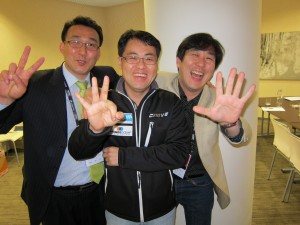
Our rehearsals both in Seoul and London were markedly different from the year prior. The EC visit really gave our team a boost and new confidence. It is an understatement to say that the PyeongChang bid team was under extreme pressure from all levels of Korean society and government to win 2018, its third attempt at the Winter Games. I honestly believed that bidding for the third straight time would be appreciated by the membership, but I also believed that if we were not good enough we would not win – regardless of the number of attempts. But the team never panicked, never broke ranks and never let the stress show. I was truly humbled at their work ethic and commitment. They did not get rattled, ever; they were tough, focused people.
During the SportAccord rehearsals I noticed the birth of something new. The presentation team was having a good time. There was a lightness and air of humble confidence about them for the first time. They made fun of each other (in a Korean kind of way). They let me (gently) make fun of them (I liked calling Chairman Cho “cowboy” in order to get him to laugh a little and relax). There was much laughter. I think they really began to respect each other and understand the most important thing in the race: that they could only win by being a team. This is what I had been waiting for; sometimes it happens, sometimes it doesn’t, but when it does happen it is magical to watch.
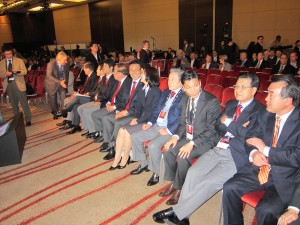 The SportAccord presentation room in London was packed, and with more media than we’d ever seen. The ceiling was lower than a normal auditorium and I felt that the audience was very close to the stage, almost in the laps of the presentation teams. I thought this was good for us because up close, the audience could see our team’s newfound camaraderie and confidence, and understand that this was a NEW PyeongChang bid. We had a new energy at SportAccord and I was glad the audience could see it up front. We were not afraid of Munich anymore.
The SportAccord presentation room in London was packed, and with more media than we’d ever seen. The ceiling was lower than a normal auditorium and I felt that the audience was very close to the stage, almost in the laps of the presentation teams. I thought this was good for us because up close, the audience could see our team’s newfound camaraderie and confidence, and understand that this was a NEW PyeongChang bid. We had a new energy at SportAccord and I was glad the audience could see it up front. We were not afraid of Munich anymore.
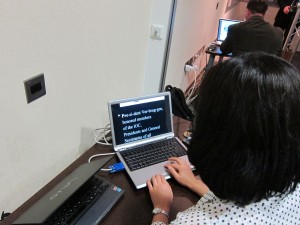
Leading up to SportAccord, Theresa and I (mostly Theresa) spent intensive time and effort working with Chairman Cho on his English and presentation delivery at his office in Seoul. He was becoming much more comfortable with the teleprompter, and he was learning to add emotion and passion to some of the key phrases.
My number one objective with Chairman Cho was to try to humanize him onstage; it wasn’t that he seemed inhuman; he just needed to relax and be himself. By that, I mean make him less “Chairman-esque” and more like the personable, kind person that he actually was.
His culture and his role as head of a multi-national conglomerate and other associated entities formed his public speaking persona, and his interaction with team members. Business presentations in Korean culture of a certain age, and in Asian culture in general, tend to be straight forward, humorless and, well…often bland. I recall asking the bid team to smile more onstage, and was told that Koreans considered people who smiled a lot to be idiots. That of course, may have explained my initial communications challenges with the team the year prior…
In the end, I realized that there was only so much we could accomplish with Chairman Cho’s presentation skills in such a short period, so we had to focus on what was most relevant and possible. With Chairman Cho’s encouragement and consent, we agreed that I would give Theresa many of the lines and phrases I would traditionally give to a bid leader in a presentation. In retrospect, they made a great team because we had to be creative in their respective roles and I think it made them more interesting onstage.
By SportAccord, Chairman Cho was effective in delivering his number one message:
Our vision, called “New Horizons”, is simple: we want to help promote the Olympic Movement, and to grow winter sport to new regions of the world…
To leave a legacy of new potential like never before.
- We want to give 650 million young people in new markets the opportunity and the access to enjoy winter sport
- We want to plant the seeds to grow new roots for winter sports; and
- We want to diversify the financial support for winter IFs and sport through new investment from new regions.
Direct. Clear. Simple.
And most of all, very difficult to attack by our competitors.
One of the reasons we were able to distill the concept of New Horizons down to a few simple messages was because we had to do so for the speakers (other than Theresa) and for the Korean domestic audience. It was a good lesson for me.
Both Annecy and Munich gave their usual excellent presentations, but for the first time I felt a bit of the spark had gone out of Munich’s routine. I am not sure why, maybe it was the room, but they appeared to be constrained. Having seen them present several times, I thought they were almost struggling to get their points across. Maybe I was seeing what I wanted to see but I also sensed, rightly or wrongly, that they were beginning to take us seriously; that we were emerging as a real threat. They could, perhaps for the first time, hear PyeongChang’s footsteps behind them.
When our team finished, there was a rush of media (a new experience for us) for interviews and comments that rivaled that of Munich. The team was proud, slightly surprised and very relieved. I recall standing aside, out of (always, as advisors should be) the photographers’ shot lines, watching them congratulate each other.
They were emotional and they were smiling, and no one looked the least bit like an idiot.
That is when I knew in my heart that we could actually win this race.
NEXT: The last three presentations of the 2018 campaign
Special thanks to Stratos Safioleas for use of his photos and review/edit/memory help. Stratos served PyeongChang 2014 and 2018 as their external International Media and Social Media Advisor.
Special thanks as well to Theresa Rah and Sharon Huff for their review/edit/memory help.
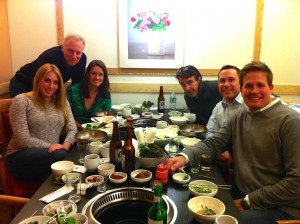
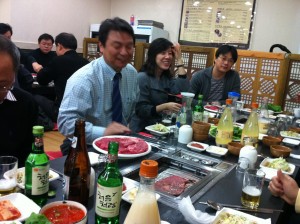
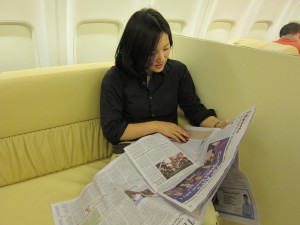
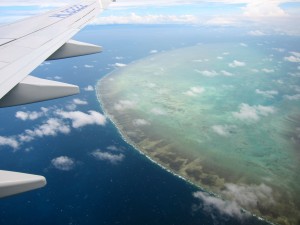
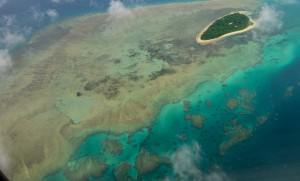
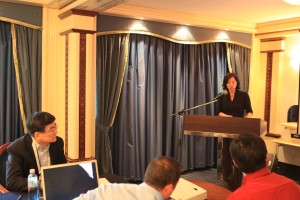
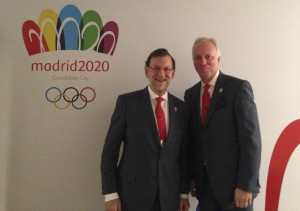
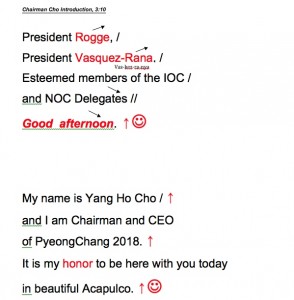
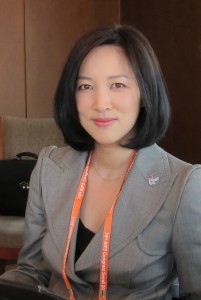
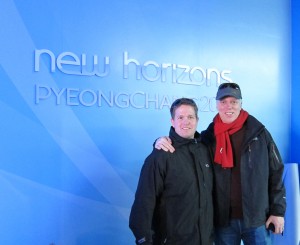
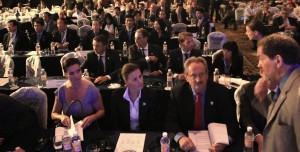
![Mex-1292[3]](http://www.terrencehburnsblog.com/wp-content/uploads/2014/03/Mex-12923-300x225.jpg)
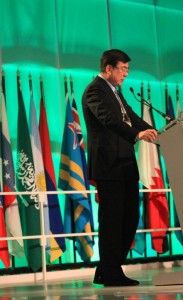
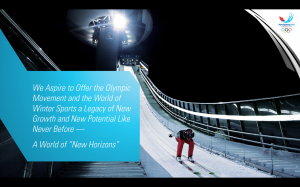
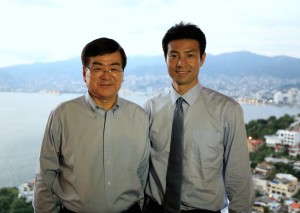
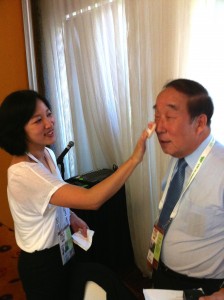

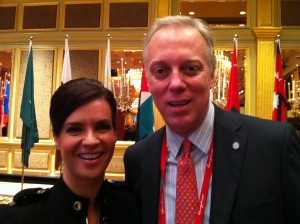
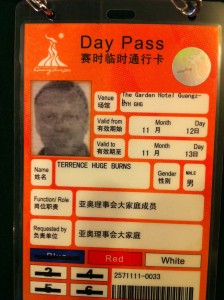
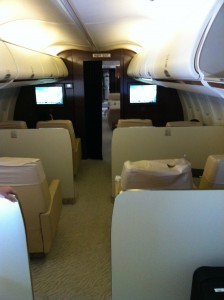
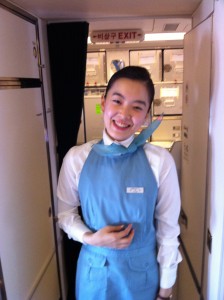
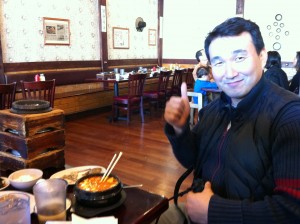
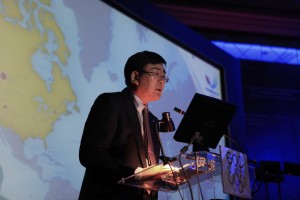
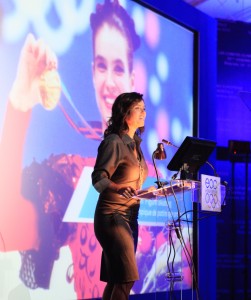
![Beograd-1193[7]](http://www.terrencehburnsblog.com/wp-content/uploads/2014/03/Beograd-11937-300x168.jpg)
